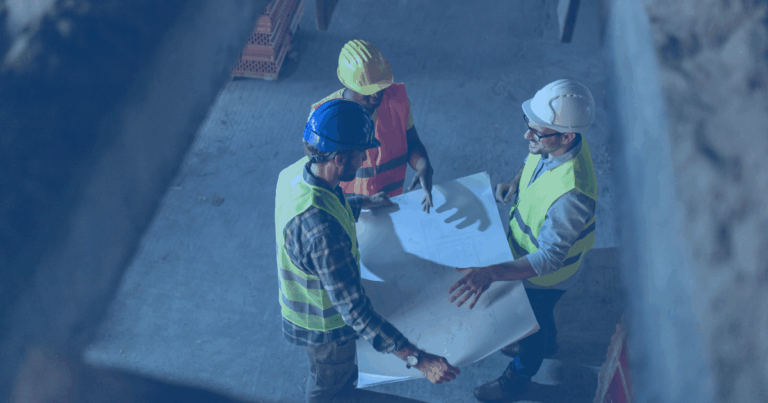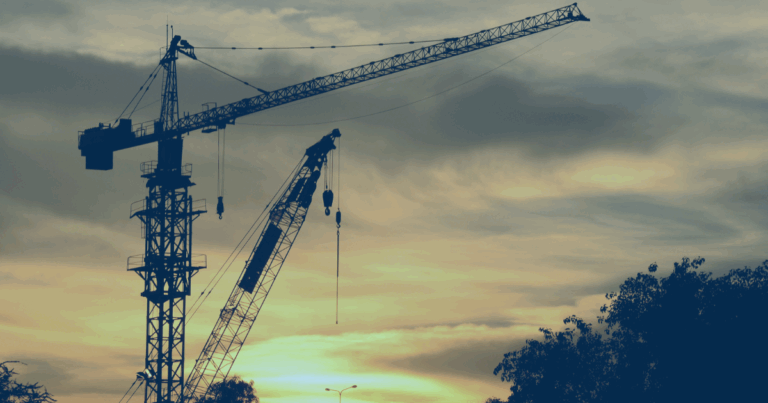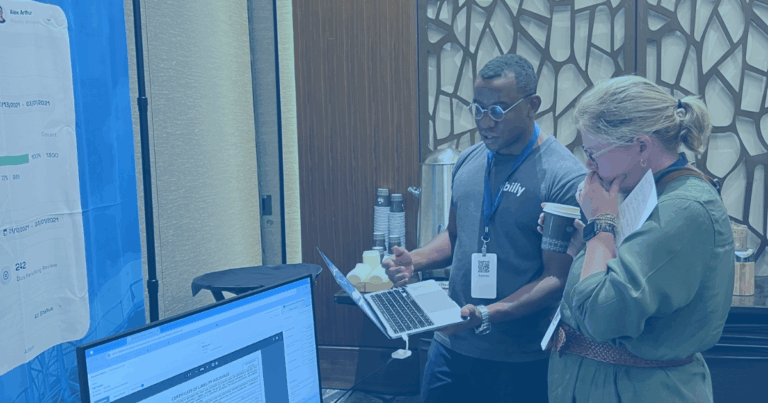Risk is inherent in any business. But construction risk is another story entirely, which is why the right insurance arrangement is so important. Given time, something will go wrong on-site. Everyone should be covered, but that can be tricky when subcontractors come in to complete a project. The more subcontractors on the job, the more difficulties you’ll run into when managing, tracking, and verifying insurance policies held by those outside the company.
As soon as the general contractor signs a contract with a client, the agreement will stipulate insurance requirements for the project. As the project manager or contract administrator, what that means for you is making sure all subcontractors involved with the project comply with the stipulations to minimize costly risks to your construction company.
To do so, you have to understand the types of construction insurance — but that can be complicated and time-intensive. That’s why we created this beginner’s guide to the most important subcontractor insurance requirements.
Common Subcontractor Insurance Requirements
For the most part, subcontractor insurance requirements fall under the discretion of your general contractor. However, these are the four most common types of construction insurance you’ll have to deal with:
1. Commercial general liability.
Commercial general liability insurance protects your construction company against claims resulting from injuries or property damage. It covers not only on-site accidents, but also work in place, workmanship, and the finished construction product over a certain time frame. Due to the risky nature of construction, your general contractor might require general liability insurance that includes product liability to cover injuries or damage resulting from faulty workmanship. For example, if a project included a sink installation that started leaking after a couple of weeks and damaged the cabinets, floors, and ceiling below, product liability coverage would help your company pay legal fees associated with a lawsuit.
2. Workers’ compensation.
Workers’ compensation is just as it sounds: insurance during a construction project that protects subcontractors and if they suffer a work-related injury. It helps cover medical costs and, depending on the policy, replaces a portion of lost wages. Perhaps most importantly, workers’ compensation insurance also ensures subcontractors can’t sue your company for damages if they are injured on your job site.
3. Commercial automobile.
Although business vehicles often carry personal automobile insurance, additional commercial auto policy coverage is usually required by general contractors. This type of construction insurance covers all business activities, including the transport of commercial goods and equipment, and makes up for losses from vehicle damage or theft. Business vehicles often serve as personal vehicles as well. This can blur the line between professional and personal automobile use, making a commercial auto policy even more important to protect your company from construction risk.
4. Umbrella liability or excess liability.
Umbrella liability policies and excess liability policies essentially serve as safeguards by increasing the coverage of other insurance policies. The only real difference between umbrella and excess liability insurance is that umbrella policies increase the limits of general liability, workers’ compensation, and commercial auto, whereas excess policies only increase the limits of one liability policy. Should a homeowner sue your general contractor for an amount of money that goes above the limits of your general liability policy or file multiple claims, the umbrella or excess policy would kick in, thereby reducing construction company risk on larger projects.
On occasion, your company’s clients might set the required insurance coverage of the people who work on the project. So you might have to track other types of insurance during construction, the most common today being cyber insurance and pollution liability insurance. Cyber insurance — which protects your company’s and your client’s data — is growing in popularity due to the increased use of technology on construction sites. Because the demand for green construction is growing, pollution liability also is becoming more common on construction sites. It provides coverage should a pollution incident occur on a job site.
Construction risk is a fact of life. Although ensuring that subcontractors have the above insurance plans in place and that administration teams understand the basics of each is a good start to minimizing that risk, it’s just the beginning. You also have to have a system in place for effectively reviewing, tracking, and verifying insurance plans.
That’s where billy can help. We offer a fast, easy, and more secure way to track insurance during construction projects. Visit our website or request a demo today to learn more!






